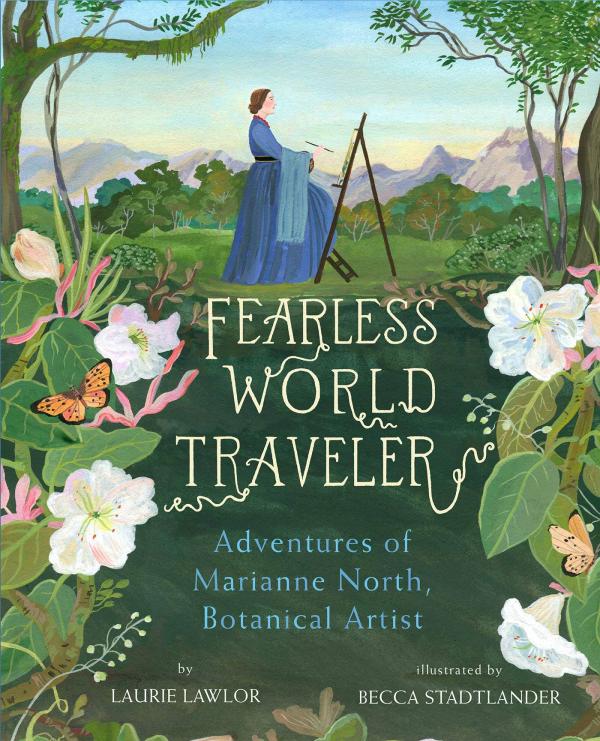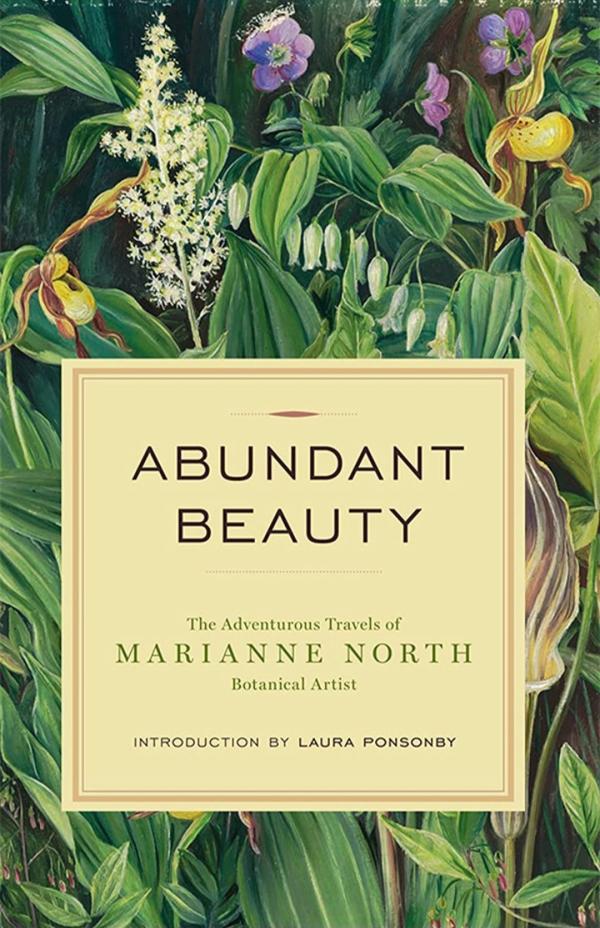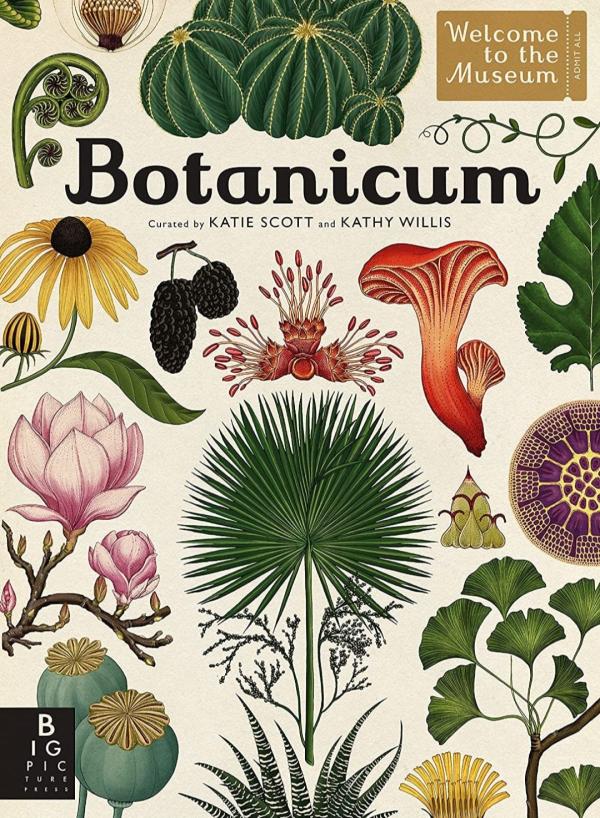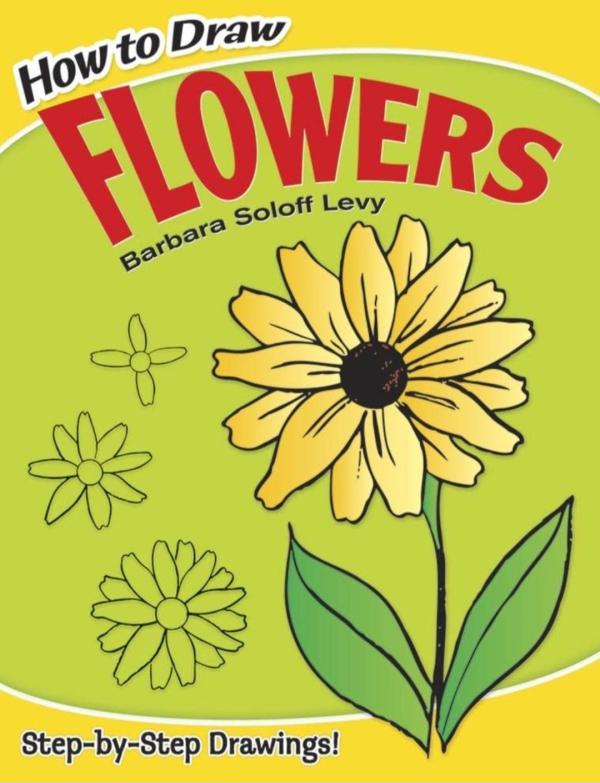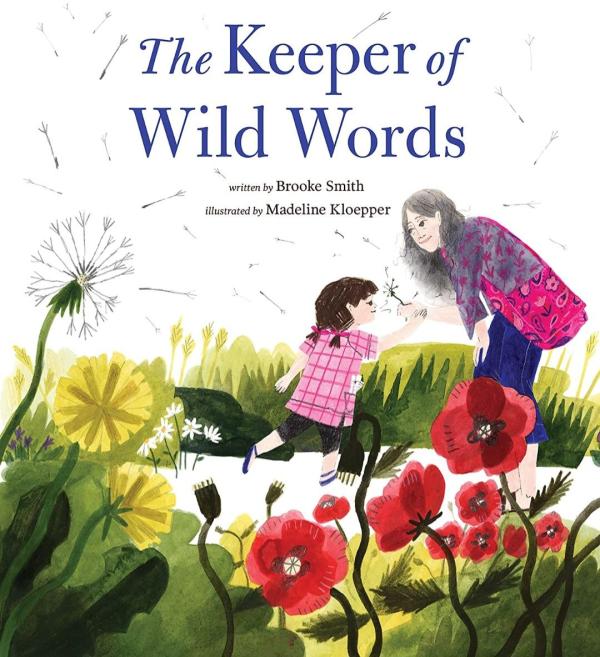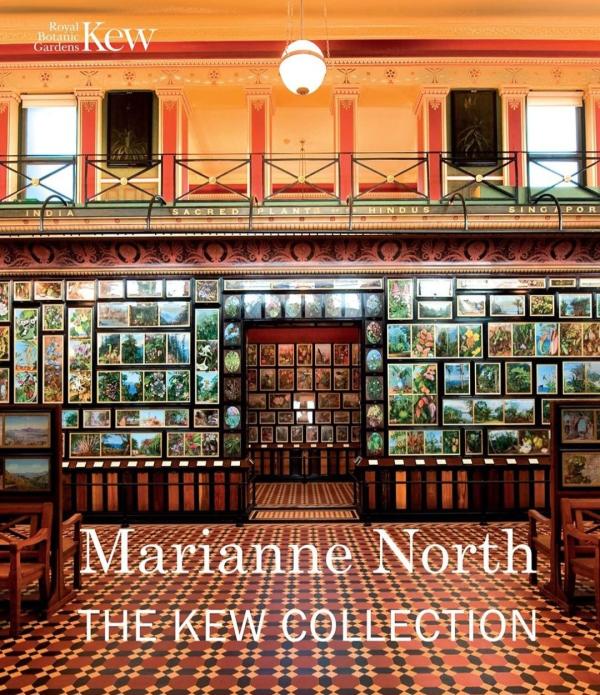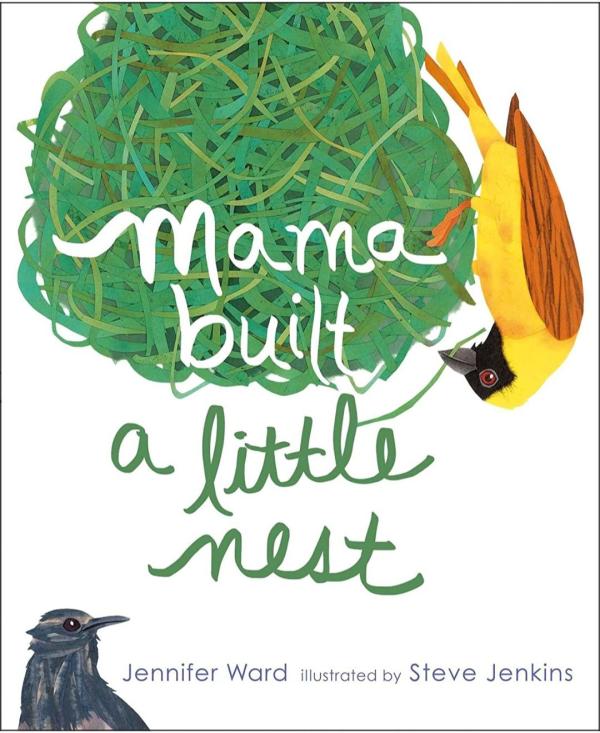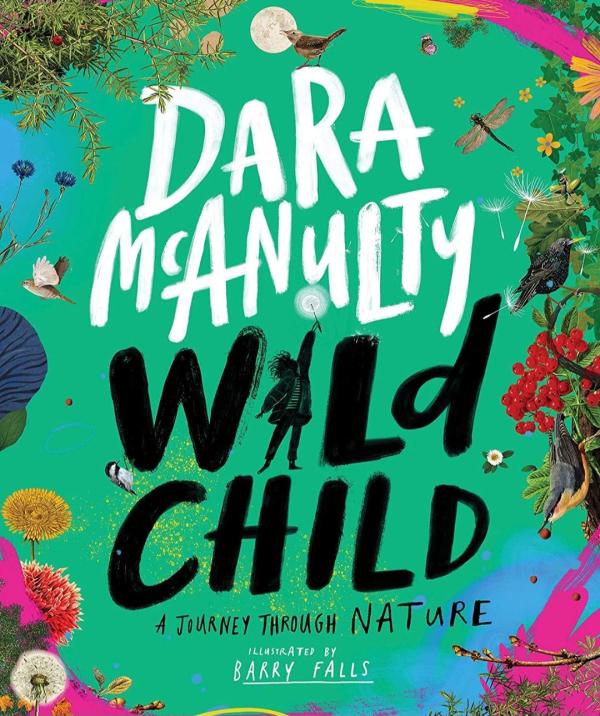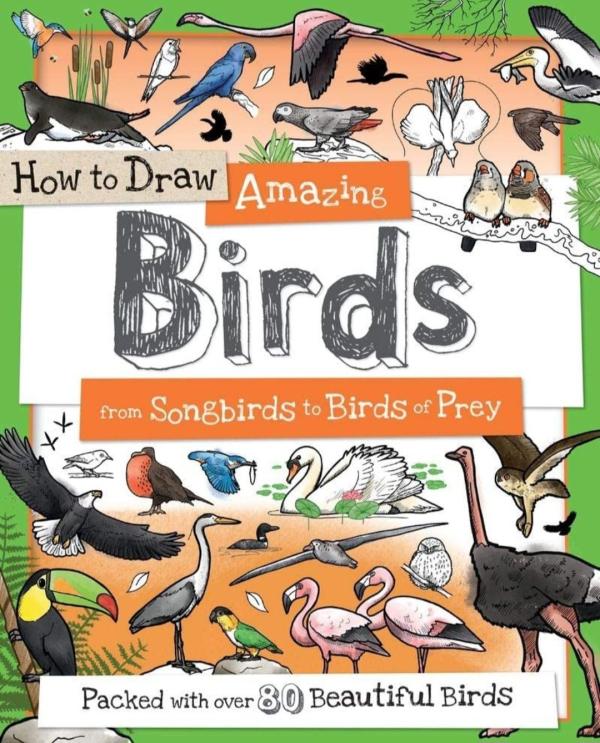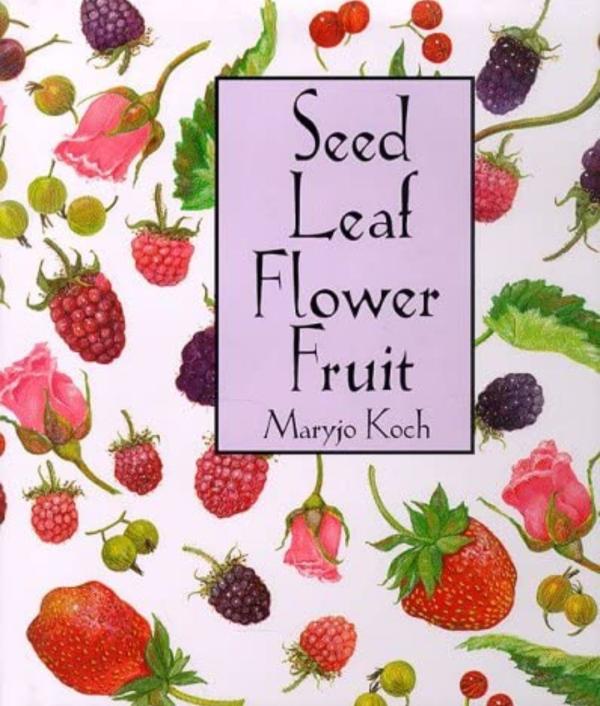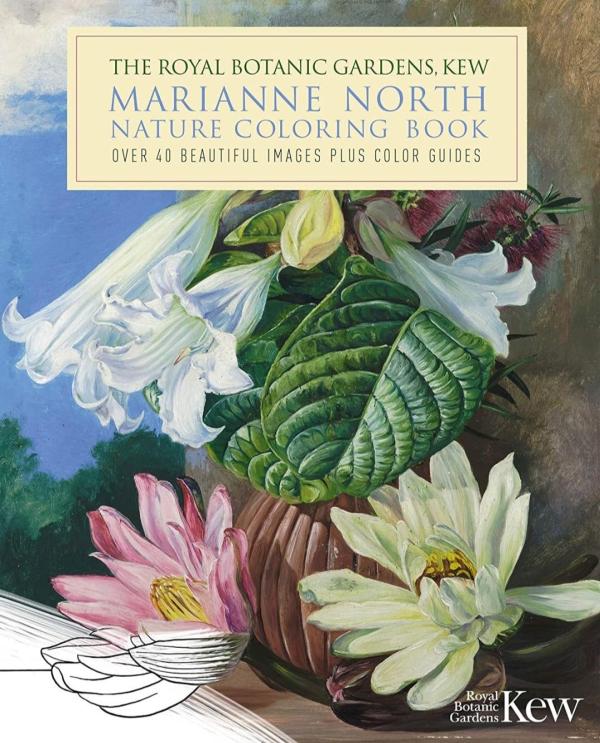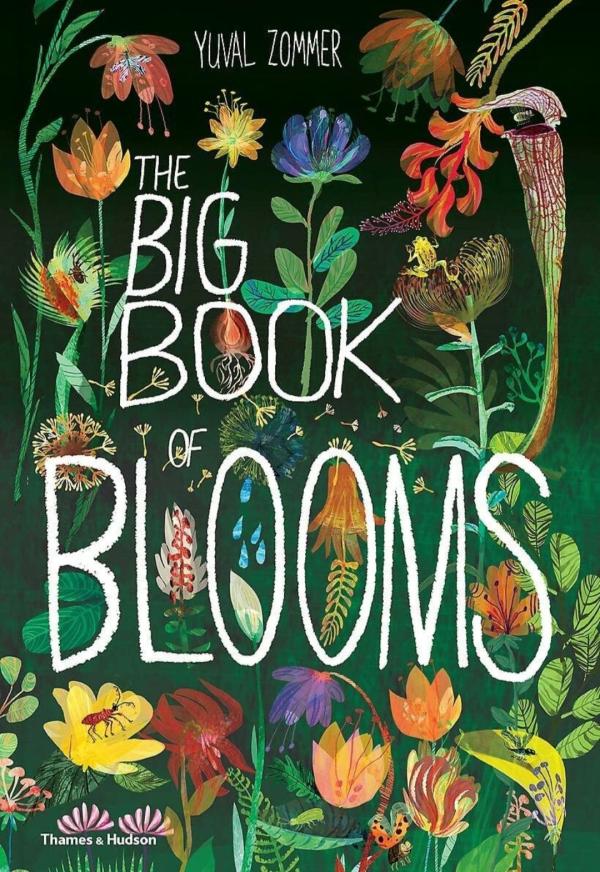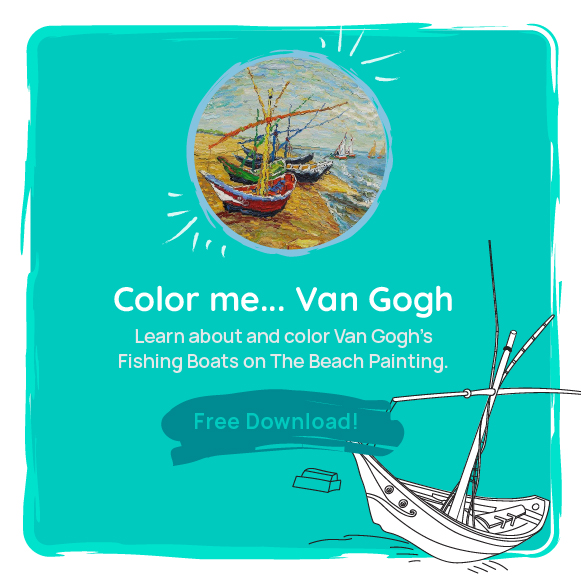Marrianne North’s travels took her all over the world! She was able to capture hundreds of fascinating plant species through her paintings. Her vibrant colors and rich backgrounds made her botanical art truly unique. As you and your children read through the books on this list, tap into North’s adventurous spirit and head outdoors to explore nature. Then use her work as inspiration to create your own art!

You might also like these!
With this inspiring picture book you can bring young children into the world as Marianne North saw it. It’s a biography that reads more like a storybook. The author tells of North’s stuffy upbringing and her adventurous spirit that was finally unleashed when she was middle-aged. Vibrant illustrations fill the pages and each one keeps with the style of North’s paintings. There’s also a detailed biography in the final pages for those who want to study the artist a bit more. This book is perfect for elementary children.
This book gives readers a chance to learn about the travels and adventures of Marianne North from the woman herself! North kept detailed journals that described her surroundings, the local people she met, and harrowing stories of her travel experiences. In this book, you’ll find more than 200 pages of excerpts from her journals. This book doesn’t include reproductions of her work, though. Elementary and middle school children will enjoy hearing the stories from this book. Teens and adults will be fascinated by them too!
As you read through this book, it’s like you’re taking a walk through a botanical museum. There are seven “galleries” to see. You’ll learn about trees, orchids, grasses, cycads, and more. The illustrations are fantastic! They’re incredibly detailed and give children an easy way to examine the intricacies of plants without needing a microscope. The book is oversized, too, making it feel like a very special way to explore botany! Young children will enjoy looking at the illustrations and children older than 8 will be able to engage with the text.
Use Marianne North as a source of inspiration as you start drawing flowers with your children! This book offers step-by-step instructions that combine simple shapes in order to make a variety of flowers. Kids can learn how to draw roses, daisies, tulips, sunflowers, and much more. There are 30 different types of flowers in all! This book is a good choice for beginners. Children older than 8 will be able to understand and follow the directions.
A young girl is visiting her grandma and needs something for show and tell, but her grandma has a much more urgent issue to address. The grandma tells the little girl that there are words that are disappearing, being forgotten. These are wild words like fern, drake, buttercup, starling, and others. The grandma and the little girl go on an outdoor adventure and find every word on the list as they explore. This is a sweet story that highlights the importance of nature and the beauty of multi-generational relationships. Read it with elementary kids.
If you can’t get to Kew Gardens in person, this book is the next best thing. It features each one of the 800+ paintings that are viewable in Marianne North’s gallery at Kew Gardens. Plus, they’re organized geographically just like they are in the actual gallery. The book is beautiful itself and features more than 350 full-color pages. It’s a great resource for art lovers to have on their bookshelves!
This rhyming storybook doubles as a science book! Each page spread includes four poetic lines that describe the bird nest and provides a brief scientific fact about the nest. The book features a diverse set of birds including the penguin, falcon, wren, and more. The paper collage illustrations provide the visual details that kids crave. It’s a great pick for preschoolers up to third graders.
This book takes kids on a guided tour through four landscapes. It’s divided into five parts: looking out of the window, venturing out into the garden, walking in the woods, investigating heathland, and wandering on the river bank. Each section includes a bit of poetry and plenty of facts. The illustrations really capture the wonder of the natural world. Use it to inspire young children to get out and explore!
All you need is paper and a pencil to make birds come alive! This book includes step-by-step instructions for drawing more than 80 types of birds. Owls, penguins, and flamingos are all included! The level of difficulty is appropriate for ages 7+.
You and your children can explore seeds, plants, flowers, leaves, fruit, and more in this book. It’s presented in the style of a botanical notebook with calligraphy and watercolor illustrations sitting beside scientific details. There’s a wealth of information in this book. Preteens and teens may want to explore it on their own while elementary children will enjoy paging through the illustrations with an adult.
This high-quality coloring book from Kew Gardens features 60 designs waiting for a child’s creative touch! The unique thing about this book is that each blank design shares a spread with one of North’s full-color paintings. Children can choose to invent their own color scheme or imitate the colors North used in her piece. The designs are great for all ages!
This large-format book takes children on a whimsical ride through the most intriguing plant species on the planet. The watercolor illustrations show flowers growing up and across the pages, weaving and winding around the space. There’s lots of information on every page, but it’s divided up into easy-to-understand snippets. Along with describing certain species of flowers, the book also provides sections on flower anatomy, pollination, conservation, and gardening. Read this one with preschool and elementary kids.


